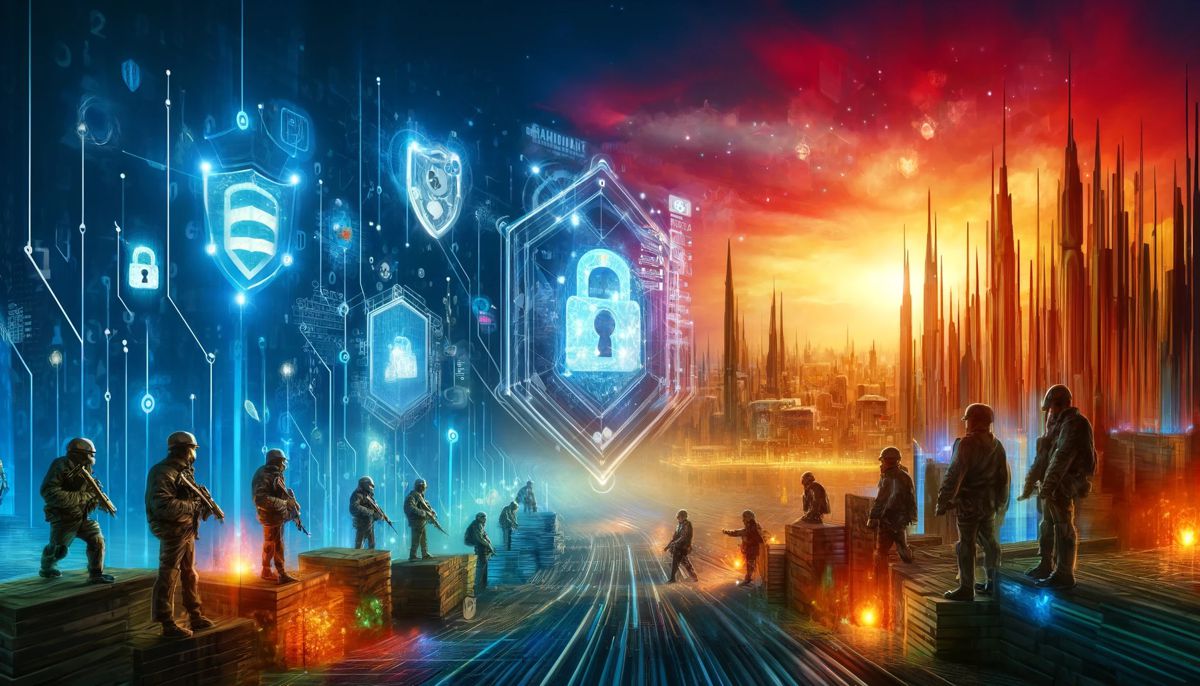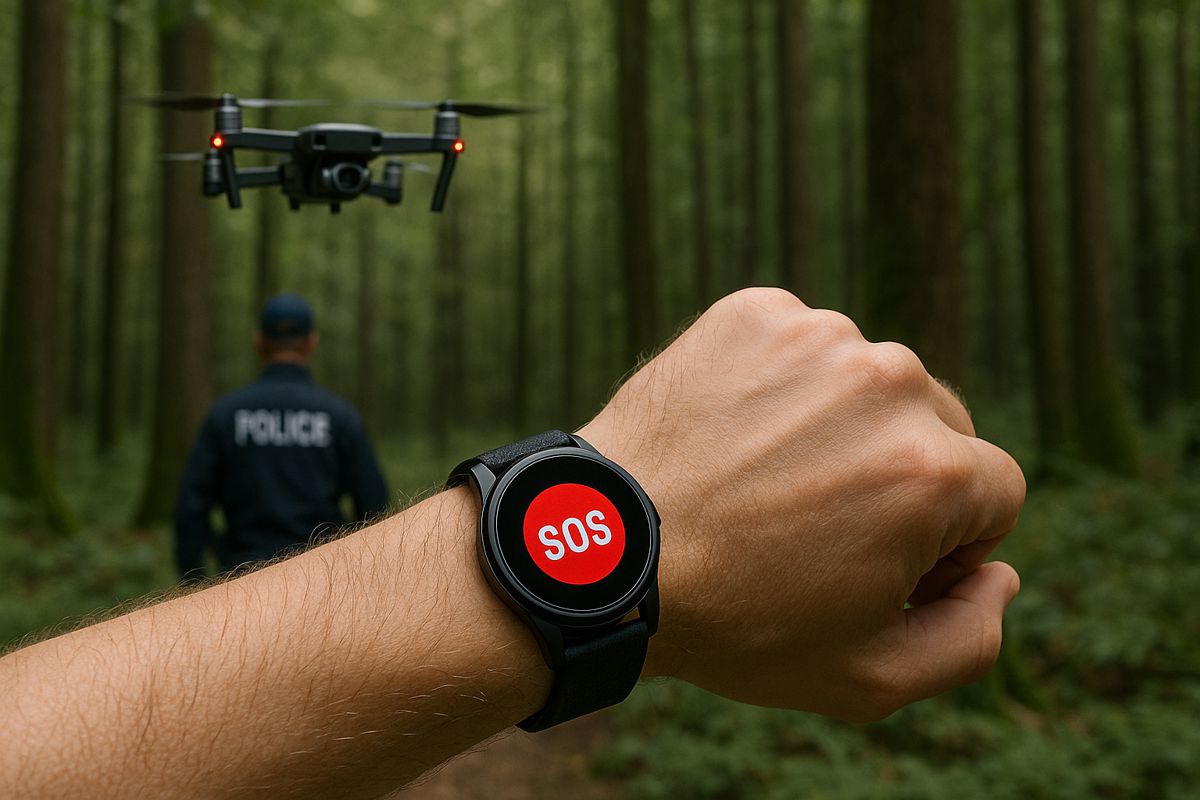6 Modern Challenges in Defence and How to Address Them
Anyone who has ever helped develop organisational defence postures knows all too well that human ingenuity knows no bounds. Whenever a defensive system is put up, one is merely buying time and hoping that their enemies are not clever or lucky enough to develop a counter strategy within the next few years. Whether that counter strategy takes one or one hundred years to develop couldn’t always be known for certain, which is why both public and private organisations that protect key assets must view defence as an evolving process rather than a static solution.
Here lies the problem. Those that hold the purse strings must understand those key principles, but this is not always guaranteed within the frameworks of democratic societies. It’s all too easy to see prior expenditures in defence, take them out of context, and create the argument for budget cuts, particularly in countering still-hypothetical threats. As a result, organisations often find themselves well-equipped to fight the conflicts of previous generations but are unprepared to address current dangers.
Fortunately, changing this state of affairs may be possible with a wider change in mindset. Understanding the current threat environment and the best practices for navigating it should help planners understand where to invest more of their resources. Let’s delve into current challenges facing modern defence establishments as well as some recognised practices for mitigating them:
1. Cybersecurity Threats
Malicious online actors are now better equipped and better funded than they have ever been in the past. Given that more systems than ever before are digitised and accessible over the internet, the threats posed by hackers have never been greater. With the serious nature of cyber threats, large public and private institutions must step up their investments in cybersecurity, particularly in adopting cutting-edge defence technologies and proactive online security practices.
2. Supply Chain Vulnerabilities
The recent conflicts in Eastern Europe and Middle East handily demonstrates the importance of supply chains for prosecuting even limited conflicts. Defence systems are more advanced than they’ve ever been, which means that there are more components in any given article to procure and keep track of. The procurement of defence articles during conflicts is particularly challenging, given the now-globalised nature of manufacturing, with only a handful of actors capable of sustaining a defence industry solely with domestic resources. Though this complication does serve to deter prolonged conflict, strengthening supply chain resilience through diversification, tech innovation, and closer collaboration with trusted partners are the only rational ways forward.
3. Inadequate Investment in Training and Education
To benefit from technological advancement, states must invest in training for military and civilian auxiliary personnel. However, the advanced state of technology today is such that it is wholly impractical for most militaries to provide all the necessary training on their own. The basic digital literacy and resource management skills must be taught in mainstream school systems before meaningful training in advanced defence systems can be done at scale. To merely survive future conflicts, defence establishments and mainstream education apparatuses must continually invest in effectively imparting useful tech and people skills.
4. Resource Constraints and Budgetary Pressures
In civilian-led societies, defence budgets invariably face competing demands, forcing establishments to make difficult choices regarding resource allocation. Tight budgets can limit investments in critical areas such as research and development, infrastructure modernisation, and personnel recruitment. To surmount these challenges, institutions must initiate prudent financial management and be decisive in defunding redundant or outdated capabilities.
5. Weaponisation of (Dis)information
Social media platforms are now widely used by adversaries to spread misinformation and propaganda to manipulate public opinion and undermine national security. Countering the weaponisation of disinformation is difficult in any society that values the freedom of expression and information. However, it is possible to minimise the compromises to these freedoms by empowering the general population through media literacy programs and concerted efforts to combat fake news.
6. Threat from Non-State Actors
As the Global War on Terror recently demonstrated, non-state actors not only pose a significant threat to global stability and security, but they are also capable of fighting well-funded international government coalitions through attrition. It’s become abundantly clear that the amorphous nature of these organisations makes them nearly impossible for nation-states to defeat through conventional means. Effective counterterrorism strategies are now understood to be far less about warfare and more about international cooperation, disrupting financing and recruitment networks, and addressing the root social and economic causes of conflicts.
Credible Defence Requires Grounded Thinking
The old mentality of regarding defence as a fixed concept that merely involves combatants and equipment has long been proven unsustainable. Yet they continue to influence defence decisions and the politics surrounding them, possibly because the true scope required is rather difficult to grasp. Unfortunately, these old ways of thinking have, time and time again, proven to be inadequate against determined adversaries.
With that in mind, organisations must employ a continuously adaptive and strategically oriented defence posture that involves all stakeholders. Moreover, a wider understanding of how new technologies and human factors converge to create new challenges is also going to be critical in the sustainability of future defence frameworks. With a reality-based idea of what the threats and challenges are, defence establishments can finally begin to ensure safety and prosperity in an ever-changing world.




















